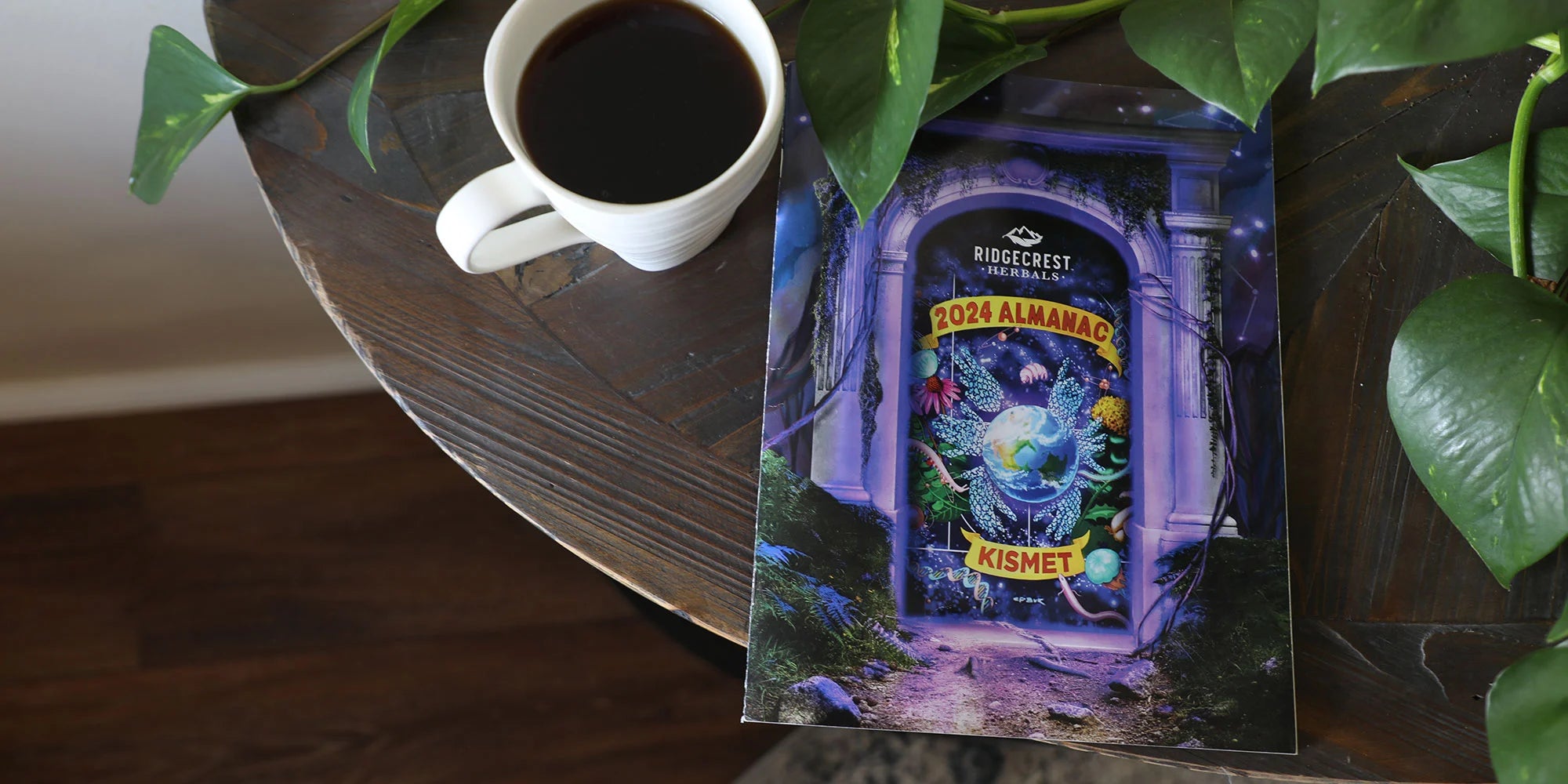When I first started gardening after I bought my first house, I noticed a white residue in some wood chips I had put down in some of my flower beds. Little did I know, that white residue is just what my garden needed! It was a magical little thing called mycelium.
Mycelium is a white, spiderweb-like structure, a network of cells that is the vegetative part of the fungus that lives within and throughout almost all land masses on earth. The neurological network of nature. According to the book Mycelium Running: How Mushrooms Can Help Save The World, by mushroom Expert Paul Stamets, “More than 8 miles of cells can be found in one cubic inch of soil.” All ecosystems and agriculture depend on mycelium to support the health and resilience of vegetation. It is more similar to the animal kingdom than the plant kingdom, as it does not produce its own food and depends on plants for nutrients.
The benefits of mycelium are countless! It helps to keep a solid structure in soil, reducing erosion. It helps create new, fertile, and nutrient-dense soil. It removes industrial toxins from the soil, which includes pesticides, chlorine, dioxin (a highly toxic environmental pollutant) as well as PCB’s (highly toxic industrial compounds). It even helps trees become more drought resistant and cleanses groundwater of contaminants and pollutants!
In the garden, mycelium helps to increase nutrients available to plants, improve water efficiency, reduce erosion by acting as a cellular net, and promote root growth by adding oxygen to the soil and releasing nitrogen, phosphate, and other micronutrients. It also helps to protect plants against pathogens by competing with pathogenic fungi and bacteria and encouraging beneficial bacteria growth.
90% of plants have a mutually beneficial relationship with fungi/mycelium. Mycelium is like an underground communication system linking roots of plants to share nutrients, water information, boosting immune function, and even sabotaging unwelcome plants by spreading toxic chemicals. Ren Sen Zeng of South China Agricultural University in Guangzhou conducted a study that found that when plants are attached to harmful fungi, they release a chemical signal into the mycelia that warn their neighbors.
There are three main types of fungi/mycelium:
Mycorrhizae: Most cultivated plants grow best with this as mycelium receive nutrients from living plants in a mutually beneficial relationship. The fungus attaches to the root of the plant, which photosynthesizes the sun's energy, turns it into sugar, and provides carbohydrates for the mycelium. Common species: Chanterelle, boletes & morel.
Saprophytic: This type makes up the majority of edible and medicinal fungi. Saprophytic fungi absorb nutrients from dead organic matter. Typically it grows out of fallen logs and piles of leaves, breaking down matter and turning it into nutrient-rich soil. Without this process, forest floors would become an accumulated pile of fallen debris over time. Common species: shiitake, turkey tail, oyster, reishi & lions mane.
Parasitic: these feed off of a living organism. Although they are harmful to their host, they are indirectly beneficial to other species & the ecosystem by creating dead organic matter that is required for others to survive. Parasitic fungi are the main cause of tree die off, killing older trees and, in doing so, provide benefits to a forest's success by making way for new growth. Common species: cordyceps, aspen bracket.
How to encourage growth in your garden:
- Buy a plug spawn* cultivation for logs or stumps.†
- Build a bed by layering wet cardboard, spawn, chips, and spawn about 3 inches deep. Repeat until the bed is 8-10 inches deep and cover with a layer of leaves or straw. Water generously. Check each week for growth. Once growth forms, water once a week until fruiting occurs, usually 4-6 months, generally in the summer or late fall. Cover with chicken wire to keep pets and chickens/turkeys out. The garden giant mushroom is a good variety for this.
- Woodchips & straw work as a great substrate for growing mycelium. Get spawn and break it up, spreading sparingly throughout the wood chips or straw and then water. You should see a fully producing mycelium bed in 9-12 months. Winter is the best time to start this and it works well between vegetable rows and around fruit trees.
- Transplant native spawn from a local forest. Research the best steps for this, being careful not to disrupt the ecosystem or bring back anything poisonous.
“Mycelium represents rebirth, rejuvenation, and regeneration. Fungi generate soil, that gives life. The task that we face today is to understand the language of nature.” ~ Paul Stamets.
*Spawn is any substance that has been inoculated with mycelium.
†best for hardwoods- alder, oak, maple, avoid softwoods- fir, cedar



